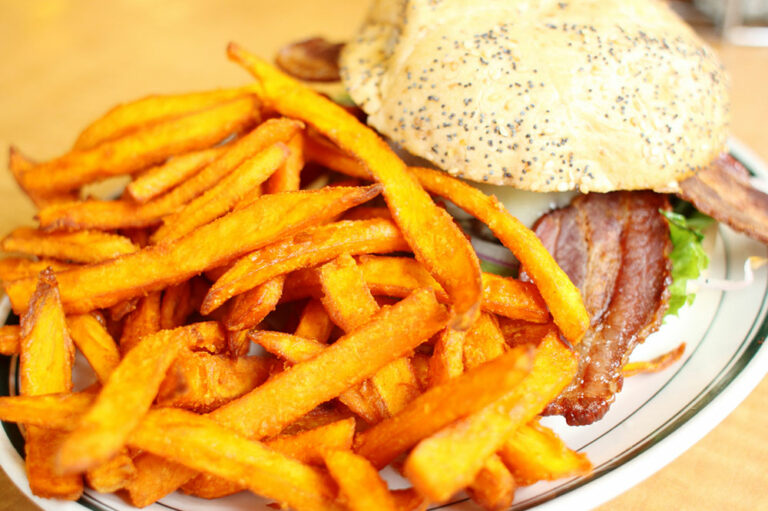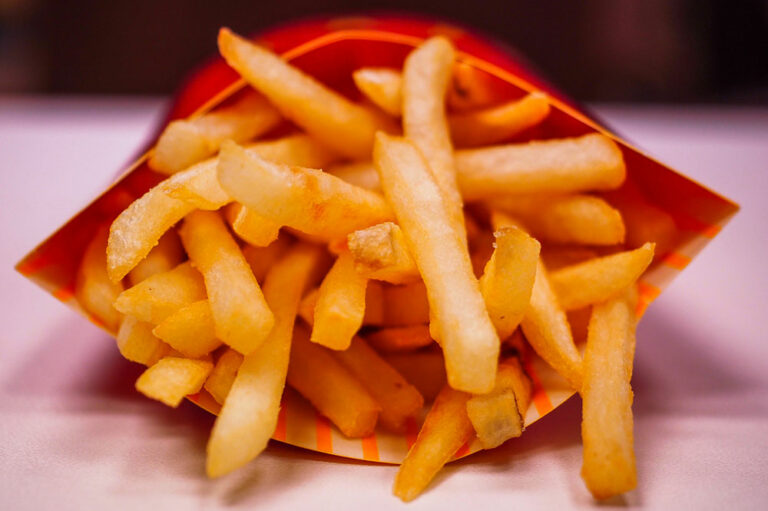
11 household products that may harm the lungs and cause COPD
One of the prominent causes of lung diseases like chronic obstructive pulmonary disease (COPD) is prolonged exposure to certain household products. Since most household items generally appear harmless, people use them frequently without realizing the long-term effects on their health. It is important to be aware of the hidden dangers of such products. This is especially true for people at high risk of COPD, including those with a family history of lung conditions or infections. Here are 11 household products that harm the lungs and cause COPD. Cleaning products with harsh chemicals Household products such as floor, bathroom, and window cleaners are commonly used to keep a house sanitized. While the chemicals in these products work successfully in eliminating bacteria and dirt, they can also have certain side effects on one’s health. These side effects occur due to the presence of strong chemicals such as chlorine, ammonia, and volatile organic compounds. When one is exposed to these chemicals continuously over a long time, it can harm the lungs and contribute to the development of COPD over time. Further, those who work with cleaning products in poorly ventilated spaces are more vulnerable to COPD. Pesticides and insecticides Some of the most commonly used household pest control products contain volatile organic compounds and other potent chemicals.
Read More 










